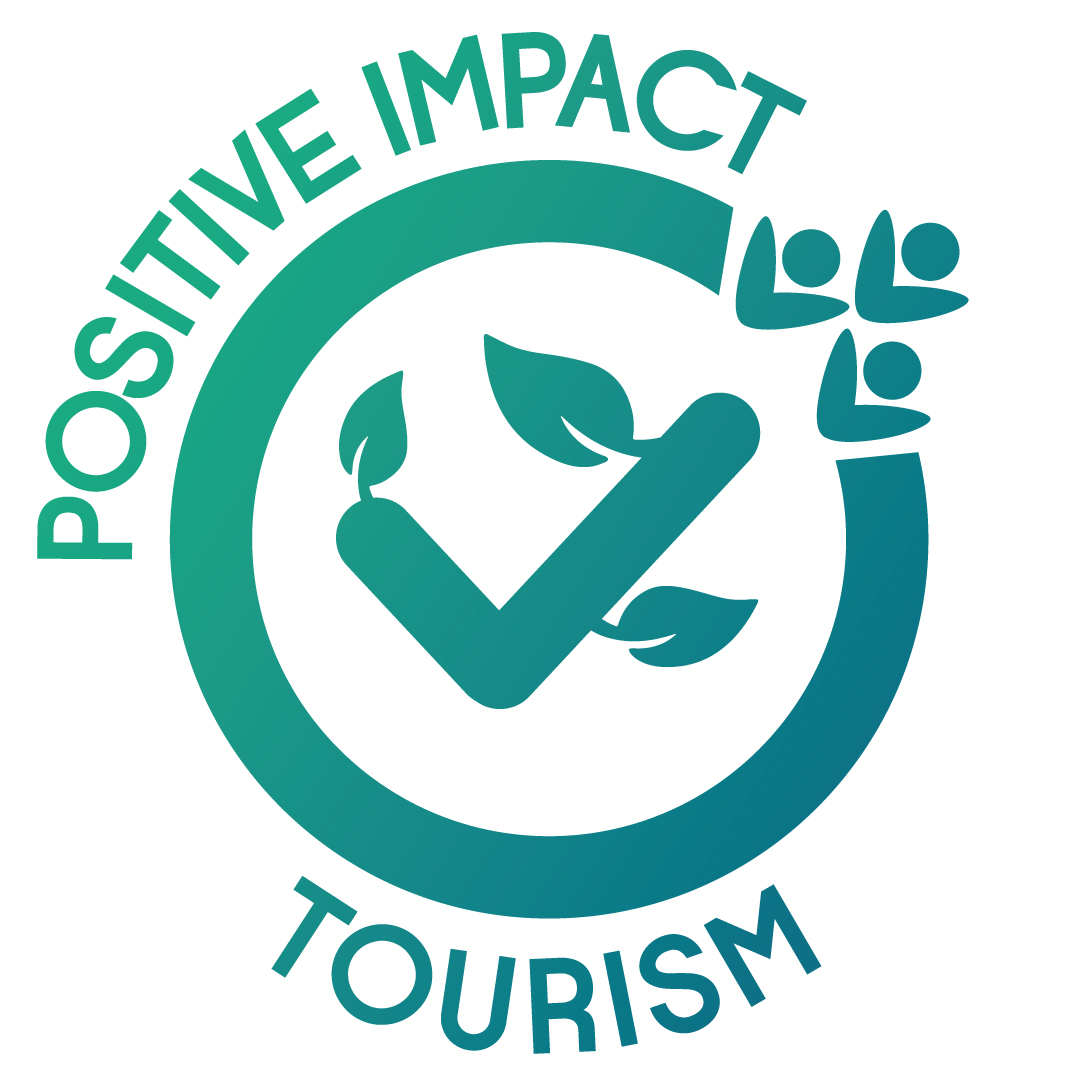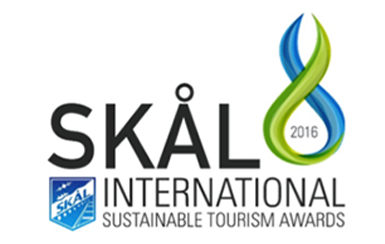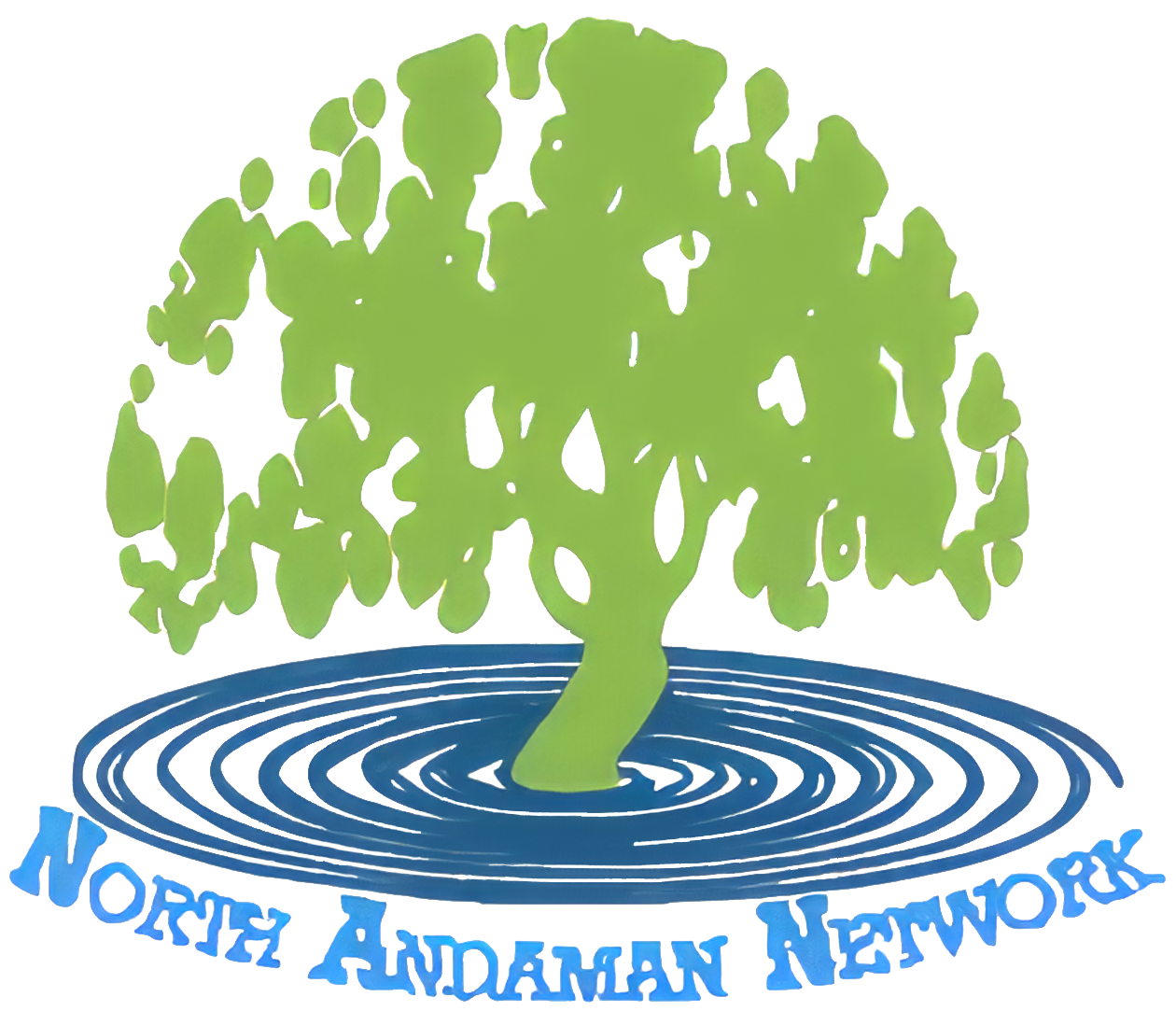Notes from the STA Champion Fam Trip
Sea Turtles – by Jo Quinn
There are 5 species in Thailand that are crucial to the ecosystem, and four of species are on Koh Phra Thong. There are many challenges that the turtles face.
Turtles nest on native beaches. For this reason catch and release programs can be harmful. When the turtles are released far from their nesting grounds, it can alter their nesting behavior. Development near the beaches can also affect nesting  behavior. Lighting on the beaches discourages turtles from nesting, so when resorts are developed near the beach, the lighting can affect the patterns of the turtles.
behavior. Lighting on the beaches discourages turtles from nesting, so when resorts are developed near the beach, the lighting can affect the patterns of the turtles.
The eggs that are laid take 45-60 days to hatch. This leaves a large window of time for the eggs to be harmed, and since the mother turtles never come back, the eggs are left undefended. There are several factors that the eggs must overcome. They can be scavenged, poached, and are affected by climate change. The temperature of the sand has a direct correlation to the gender of the egg, so as global warming increases, the population of the turtles is altered (at higher temperatures the eggs become female hatchlings).
Like previously mentioned, the eggs are often poached. Turtle eggs are seen as a delicacy and as being quite tasty, so they are often collected and sold at the market. Now that the communities, and organizations like Naucrates, are becoming involved, the nests are being monitored and fewer eggs are being poached.
Once the eggs have hatched, the turtles still have many obstacles to overcome. For example, Leatherbacks feed mainly on giant squid. However, irresponsible disposal of waste leads to plastic bags that look like squid floating in the ocean. When the turtles eat these bags, they are unable to digest them and can die. Also, in an effort to stop fishermen from killing turtles, the fishermen were paid to bring in turtles that were caught in the fishing nets instead of killing them. Now, however, some fishermen are focusing their efforts on catching turtles and selling them back instead of catching fish – this leads to much disruption.
During nesting season (December – April), the sea turtle volunteers get up early in  the morning (around 5:30am) and walk the beaches to monitor the nests. This can result in a 5-10k walk to make sure the shores are covered. Marine biologists train the volunteers; therefore, they do not need to have any prior knowledge. The volunteers are responsible for collecting data for the scientists to analyze and also engage and interact with the host families.
the morning (around 5:30am) and walk the beaches to monitor the nests. This can result in a 5-10k walk to make sure the shores are covered. Marine biologists train the volunteers; therefore, they do not need to have any prior knowledge. The volunteers are responsible for collecting data for the scientists to analyze and also engage and interact with the host families.
Why do turtles matter? The oceans are in huge trouble. Turtles are dying and this indicates further problems with the ecosystem. There are also severe cultural implications. Turtles signify birth and nature; thus making them a powerful symbol to the locals. This project is making a difference. The numbers of nests are increasing. As the beaches are monitored and the community is becoming more involved, less eggs are being poached and less turtles are being caught at sea.












